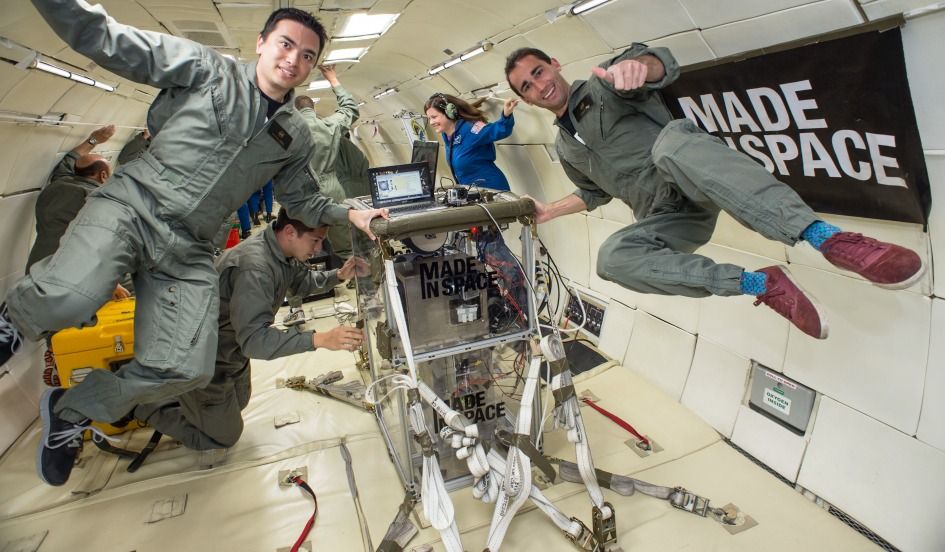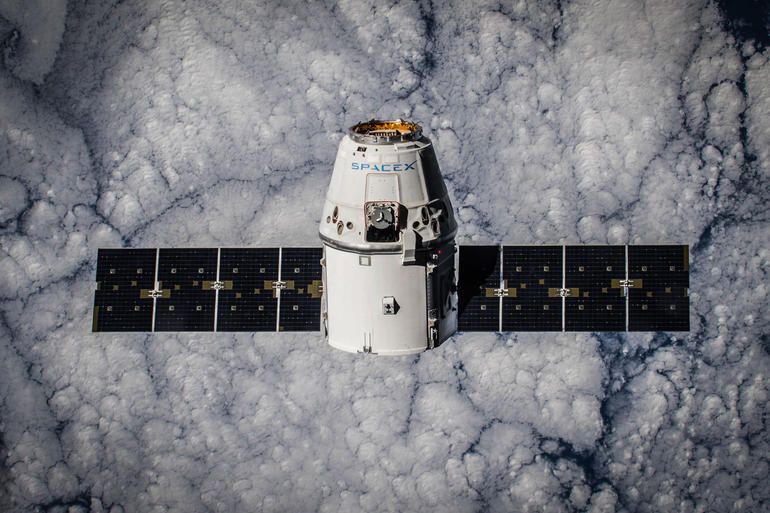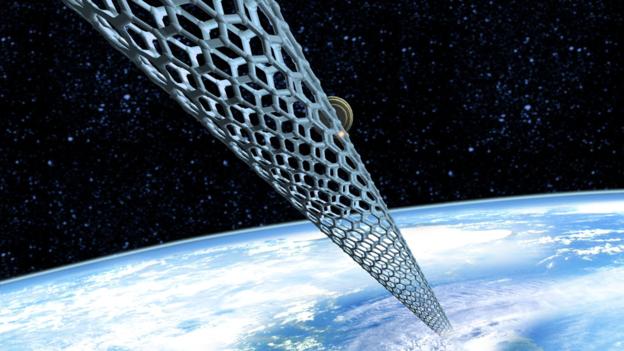Archive for the ‘space’ category: Page 1020
Feb 23, 2015
Might a ‘Gold Rush’ on the Moon Trigger the Next Epic Space Race?
Posted by Seb in categories: business, space, space travel
By Jason Dorrier — Singularity Hub

As a kid, I devoured Star Trek: The Next Generation, and though it now appears nearly as campy as the original series did back then, I still love it. But Star Trek led me astray. I thought exploration for the sake of exploration would get us to the stars. Now, I’m not so sure. Fifty years in, and we humans are still stuck in low-Earth orbit.
First comes a smattering of fiery idealists blazing trails and climbing peaks. The risks are high and the returns are individual fame, newly detailed maps, and a general sense of awe.

The following is short notice, but we just found out this event is open to the public.
You’re invited!
To an announcement of the formation of a new coalition of organizations focused on space development — with special guests Rep. Dana Rohrabacher and Rep. Chaka Fattah.
Continue reading “Lifeboat Foundation — Washington, D.C. event” »
Feb 11, 2015
Off-World 3-D Printing Is How Humans Will Colonize Space
Posted by Seb in categories: 3D printing, space, space travel
By Steven Kotler — Newsweek

The impact that 3-D printing is having on our world is impossible to ignore. It’s not new technology, but its 30-year history has been characterized by deceptively slow growth —until now. 3-D printing has recently emerged as a force poised to disrupt a significant portion of the $10 trillion global manufacturing industry.
Already, the printing of standard consumer products—bowls, plates, smartphone cases, bottle openers, jewelry and purses (made from mesh)—has gone from a hobby to a nascent industry. Dozens of websites now sell goods made with 3-D printers, and retailers are starting to get in on the action.
Jan 18, 2015
Elon Musk is trying to bring the Internet to space
Posted by Seb in categories: internet, space
by Donna Tam — c/net

Elon Musk, the man who’s determined to move our civilization to Mars, will also tackle creating an Internet in space.
The CEO of Tesla Motors and SpaceX said Friday night that he will use a fleet of satellites to make the Internet speedier and to bring it to those without access, according to media reports of a private event in Seattle. Details of the plan were shared before the event with Bloomberg.
Jan 4, 2015
New Book: An Irreverent Singularity Funcyclopedia, by Mondo 2000’s R.U. Sirius.
Posted by Rob Chamberlain in categories: 3D printing, alien life, automation, big data, bionic, bioprinting, biotech/medical, complex systems, computing, cosmology, cryptocurrencies, cybercrime/malcode, cyborgs, defense, disruptive technology, DNA, driverless cars, drones, economics, electronics, encryption, energy, engineering, entertainment, environmental, ethics, existential risks, exoskeleton, finance, first contact, food, fun, futurism, general relativity, genetics, hacking, hardware, human trajectories, information science, innovation, internet, life extension, media & arts, military, mobile phones, nanotechnology, neuroscience, nuclear weapons, posthumanism, privacy, quantum physics, robotics/AI, science, security, singularity, software, solar power, space, space travel, supercomputing, time travel, transhumanism
Quoted: “Legendary cyberculture icon (and iconoclast) R.U. Sirius and Jay Cornell have written a delicious funcyclopedia of the Singularity, transhumanism, and radical futurism, just published on January 1.” And: “The book, “Transcendence – The Disinformation Encyclopedia of Transhumanism and the Singularity,” is a collection of alphabetically-ordered short chapters about artificial intelligence, cognitive science, genomics, information technology, nanotechnology, neuroscience, space exploration, synthetic biology, robotics, and virtual worlds. Entries range from Cloning and Cyborg Feminism to Designer Babies and Memory-Editing Drugs.” And: “If you are young and don’t remember the 1980s you should know that, before Wired magazine, the cyberculture magazine Mondo 2000 edited by R.U. Sirius covered dangerous hacking, new media and cyberpunk topics such as virtual reality and smart drugs, with an anarchic and subversive slant. As it often happens the more sedate Wired, a watered-down later version of Mondo 2000, was much more successful and went mainstream.”
Read the article here >https://hacked.com/irreverent-singularity-funcyclopedia-mondo-2000s-r-u-sirius/
Dec 14, 2014
Elon Musk Is Right: Colonizing the Solar System Is Humankind’s Insurance Policy Against Extinction
Posted by Seb in categories: existential risks, human trajectories, space, space travel
Written By: Jason Dorrier — Singularity Hub

Why blow billions of dollars on space exploration when billions of people are living in poverty here on Earth?
You’ve likely heard the justifications. The space program brings us useful innovations and inventions. Space exploration delivers perspective, inspiration, and understanding. Because it’s the final frontier. Because it’s there.
Dec 5, 2014
Milky Way galaxy is part of a 520 million light-year wide super-galactic cluster called Laniakea
Posted by Seb in category: space
 Daily Kos group — Daily Kos
Daily Kos group — Daily Kos
Wow, this is the kind of article that causes me to space out — way out, like totally out of this world and quite a few others as well. James Cave writes a galactic mind-stretcher of an article in, New Galaxy Map Relocates The Milky Way To A Ginormous Supercluster Called Laniakea, which tells us how astronomers have greatly expanded our three-dimensional star maps analyzing the motion of 8,000 neighboring galaxies to discover we are part of a different super-galactic structure than we previously thought.
It turns out we are part of the Laniakean super-cluster not the super-cluster of Virgo.
Oct 4, 2014
Method of Sustainable Fuel-less Terra-forming of Venus & Mars
Posted by James Dunn in categories: existential risks, futurism, human trajectories, solar power, space, sustainability
Terra Forming Venus & Mars by leveraging Asteroids
Inspired by: Lifeboat Foundation
Both Mars and Venus can be terra-formed to provide Earth-like gravity and atmospheres; Venus with an effort of about 100 years to terra-form the atmosphere, and Mars with an effort of about 2,000 years to terra-form the atmosphere. These are both potentially realized through the use of systems of solar sails. Asteroids provide many of the resources needed to seed related development.

Conceptual Space Elevator
Continue reading “Method of Sustainable Fuel-less Terra-forming of Venus & Mars” »







